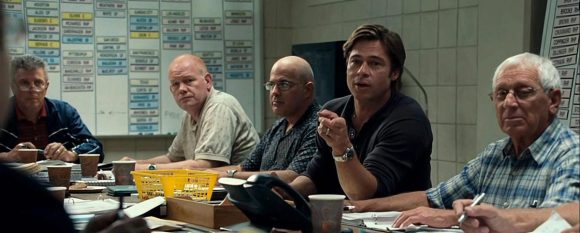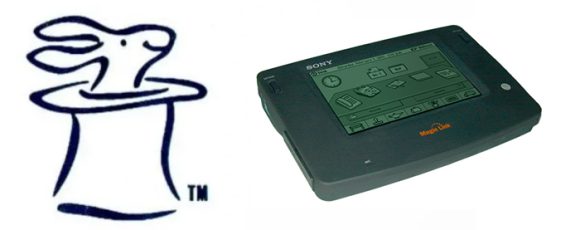
One of my lessons in The Angel Accelerator is called “Seeing the Future” and the main theme is the fact that entrepreneurs need to be able to predict what is needed by customers a year or two or three from now.
Along the way we talk about how almost no one predicted the pandemic in 2007-2009 when the financial markets nearly collapsed, we talk about flying cars and self-driving cars and why we don’t all have those yet, and we stop off to notice that the speed of travel stopped increasing over 50 years ago.
Speaking of seeing the future by looking at the past, a meme popped up on my Twitter feed: 2050 is closer than 1990.
2050 still feels like 50 years in the future to me. You? I know mathematically it’s now less than 30 years away, but 1990 feels like less than 10 years ago and it is now more than 30 years in the past.
It is sometimes hard to remember how much has changed in those 30 years. The ubiquity of not just computers and the internet, but mobile phones and wireless internet. In 1990 I had my fifth or sixth personal computer already, but all of them were desk-bound devices plugged into the wall, connected to other computers only by a dial-up modem. Email for a few of us, but no yet web for anyone. No e-commerce. No Paypal or online banking. Telephones attached to buildings, not people. Tape-based answering machines. Phone tag.
We tend to predict the future in two ways, both flawed. First, we just expect the future to be like today. It won’t be. Second, we look at the past, see the changes, and expect a similar set of changes in the future. It won’t be that either. But there will be changes. Big changes. And those entrepreneurs who can most clearly see the opportunities will be the next wave of millionaires, billionaires, and the world’s first trillionaries.














